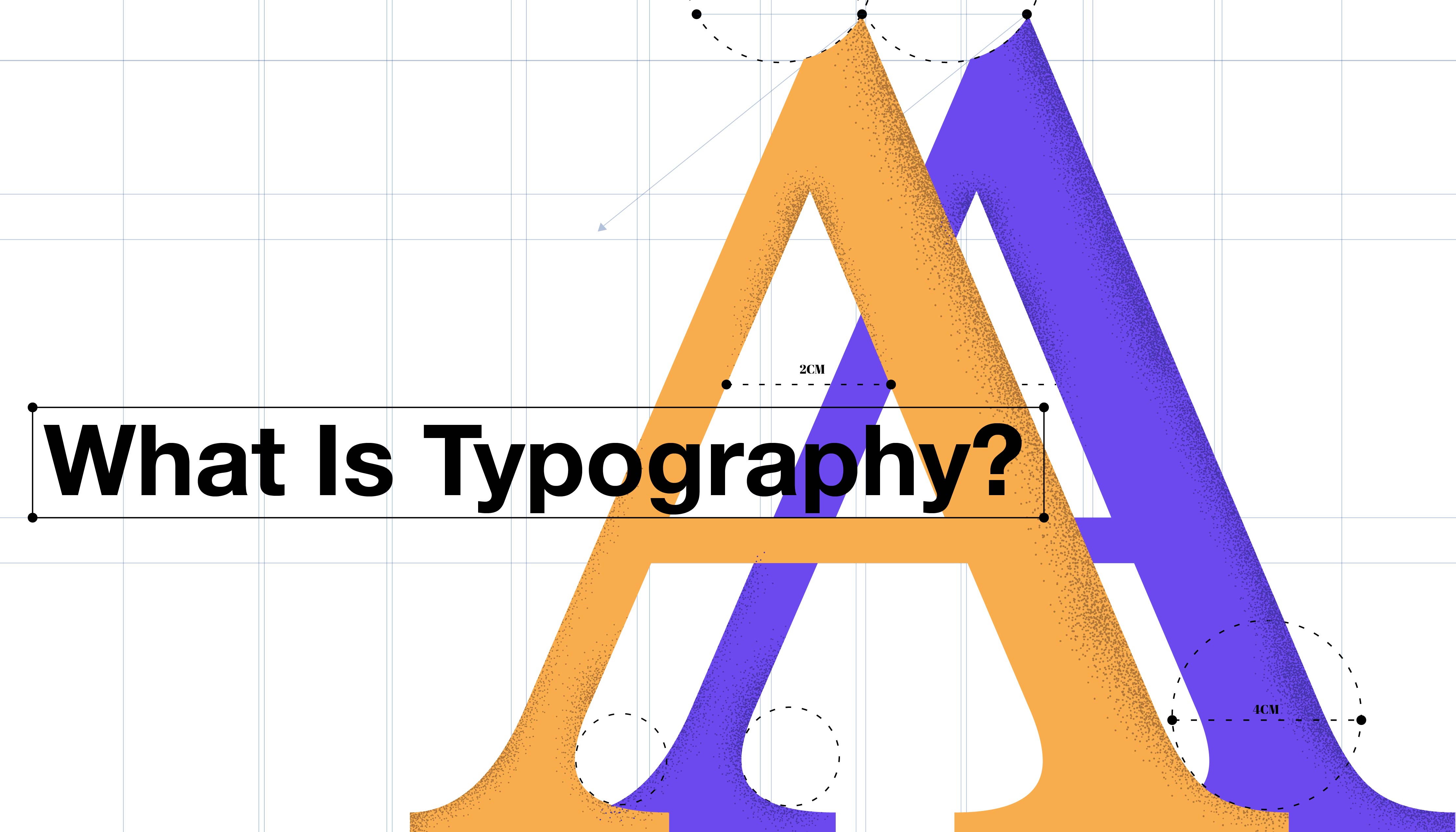

Contrast by spacingĬontrast through spacing can be as easy as justifying your type to the left, right, or center.
Typography definition full#
Using color to achieve contrast means taking advantage of things like type density, using the full range of the grayscale, or using vibrant colors to offset different typefaces. They are both important, but the second element does not distract from the first. Say for example you use a large typeface for the title of your book, and a much smaller, less dominant typeface for your subtitle. There are four main techniques for creating contrast with typography size, color, spacing, and shape. One element takes center stage while the second element takes less attention, but still adds to the overall design. Someone who designs typefaces is called a type designer.Īnother typography term is contrast, which refers to the grouping of two different typographical elements and using different traditional design methods to create a contrast. Think of it like this:Ī typeface is the design of lettering that can include variations such as bold, regular, light, italic, condensed, and more. These two elements are related and play well together. Two terms you will often hear in regard to typography are typeface and font. Now that we have a basic typography definition, why don’t we explore elements of typography design a little more closely: Elements of typography Not to mention, learning typography is fun. In short, typography is a language all of its own, and if you are creating a book, magazine, or even a piece of wall art, knowing the basics of typography will ensure you are making the best decisions when it comes to type.

The arrangement of type involves selecting typefaces, point sizes, line lengths, line spacing, letter spacing, and adjusting the space between pairs of letters. Typography is the art and technique of arranging type to make written language legible, readable, and appealing when displayed. What is typography and why is it important?


 0 kommentar(er)
0 kommentar(er)
